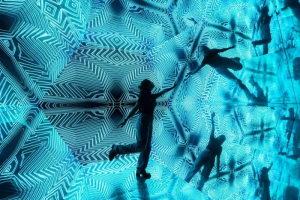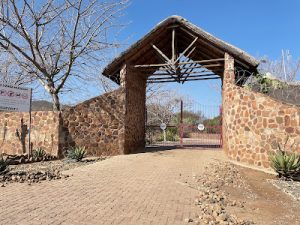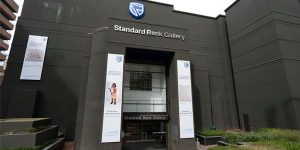Mary Moffat Museum

AVAILABLE: Guided Tours | Family Friendly | OPEN: Monday – Friday | MORE INFO: Museum Website
Introduction
Located 150 km from Kimberley, Griquatown is a place steeped in history, boasting the distinction of being the first town established north of the Orange River. This town is home to the Mary Moffat Museum, which offers a glimpse into the lives of the early missionaries who settled in the area and the indigenous Griqua community.
About the Museum
The Mary Moffat Museum is housed in an old mission house, which was built in approximately 1828. Originally established by the London Missionary Society missionaries Cornelius Kramer and William Anderson, the mission house served as the residence for Dr. Robert Moffat and his wife, Mary, who later gave birth to their daughter, who would go on to become Mrs. David Livingstone. The Moffats and Livingstones were frequent visitors to Griquatown, and the museum features several artifacts related to their time there.
After the mission house was sold to Barclays Bank in 1904, the building was used as a bank until 1956 when it was converted into a museum. Today, the Mary Moffat Museum is a declared National Monument and offers visitors a unique opportunity to experience the history of Griquatown.


Interesting Facts
The Mary Moffat Museum is home to several interesting artifacts that provide insight into the lives of the early missionaries and Griqua community. Here are a few highlights:
- The Moffat Pulpit: A declared National Monument, this pulpit is believed to have been made by Robert Hamilton, a co-operator of Moffat. The pulpit was used by missionaries such as Livingstone, Moffat, and Waterboer.
- The Ship’s Bell: The old ship’s bell served as the church bell and was reputedly brought from Cape Town on the back of an ox. It was used to announce the sermons preached by the missionaries.
- Waterboer’s Palace: Andries Waterboer, one of the Griqua leaders, had a house with six rooms that was surrounded by a high wall equipped as a cattle kraal and had shooting holes in case of a siege. The famous “execution tree,” where Waterboer hanged stock thieves and murderers, can still be seen today.
- Griqua Coinage and Flag: The Griqua state had their own coinage and flag and produced their own gunpowder, which is showcased in the museum.
- Waterboer’s Organ: The organ was purchased at Van Druten’s shop and cost 400 pounds. It is housed in the museum.
- “Old Niklaas and Old Grietjie”: Two little cannons given to the Griquas by the British government were put up at Waterboer’s Palace and were later taken to Kimberley but eventually returned to Griquatown again. They now adorn Waterboer’s monument near the hospital.
Physical Location
Conclusion
The Mary Moffat Museum in Griquatown, Northern Cape, is a unique destination for visitors seeking to unravel the history of early missionaries and the Griqua community. With its rich collection of artifacts, including the Moffat pulpit, the ship’s bell, Waterboer’s Palace, and Griqua coinage and flag, the museum offers an immersive experience into the past.
Photo Gallery















